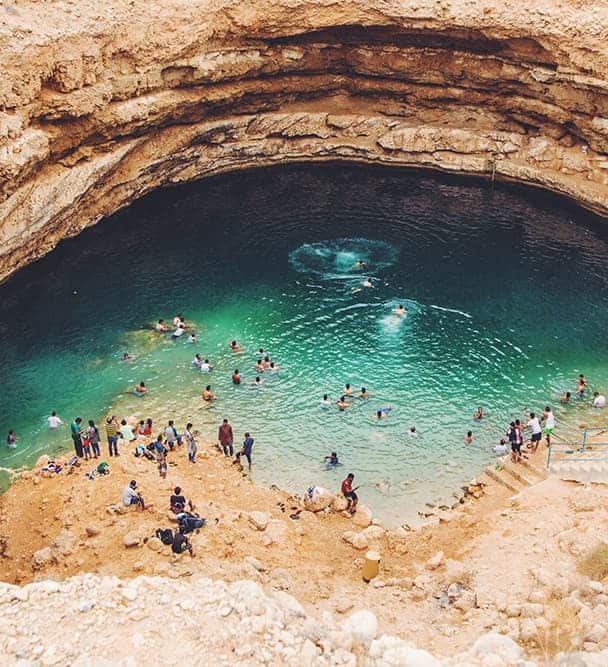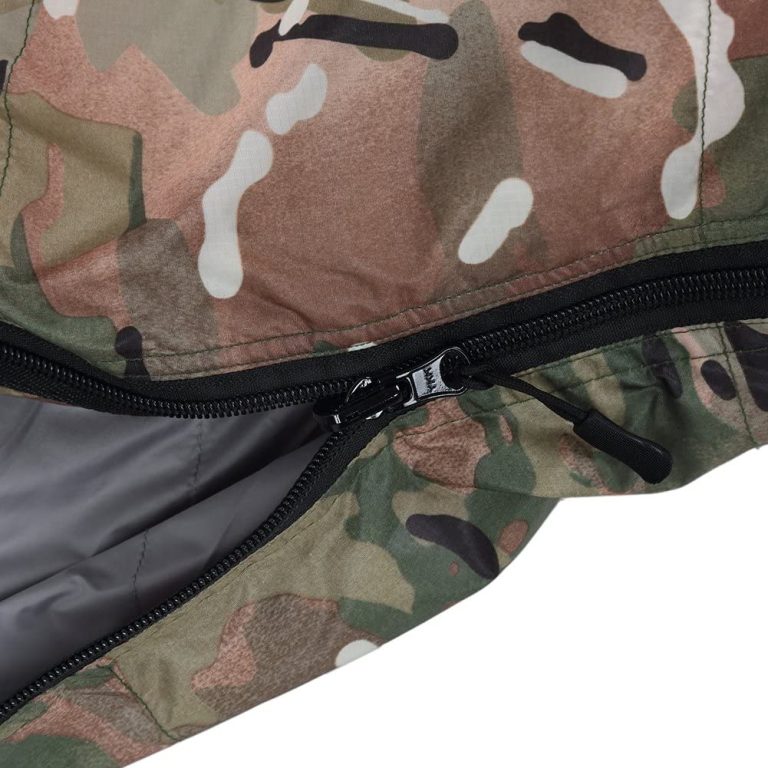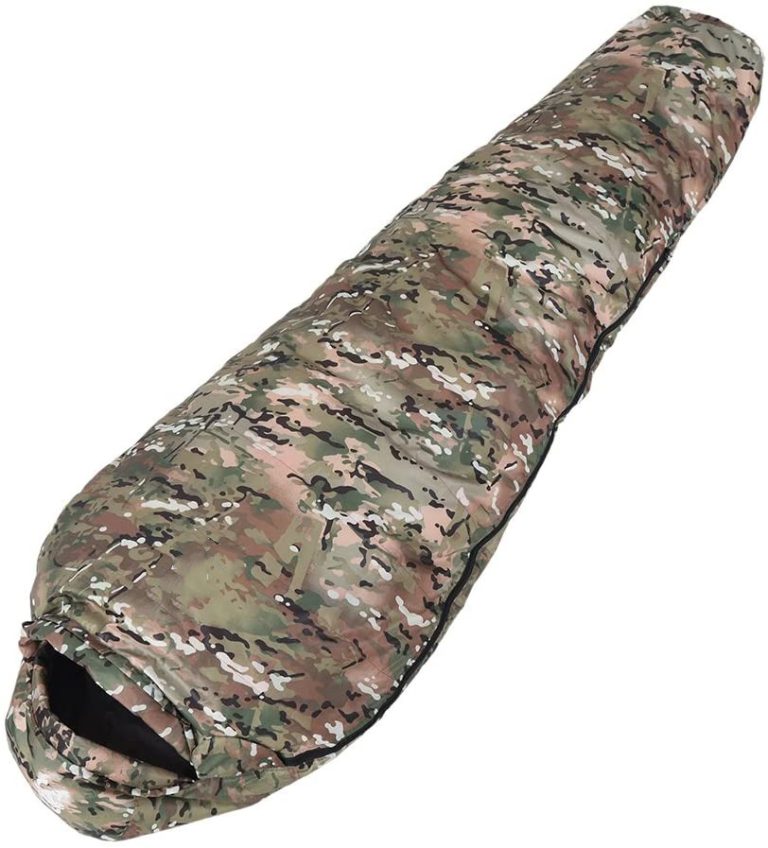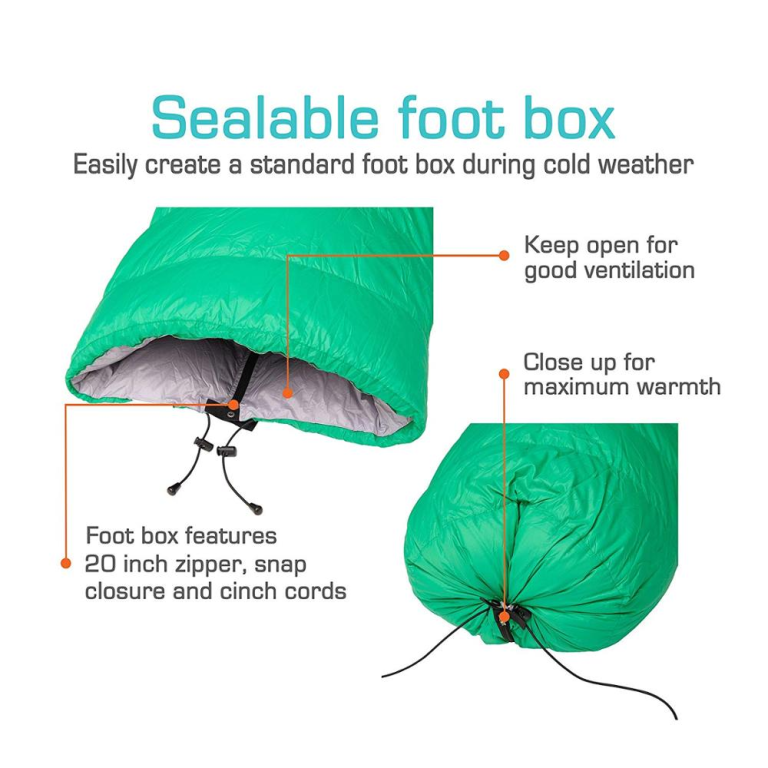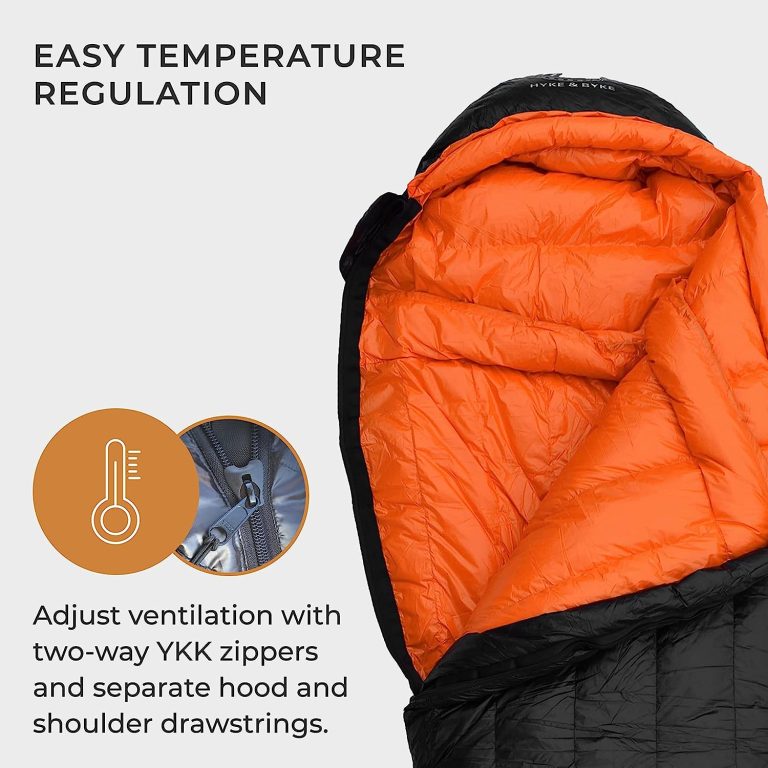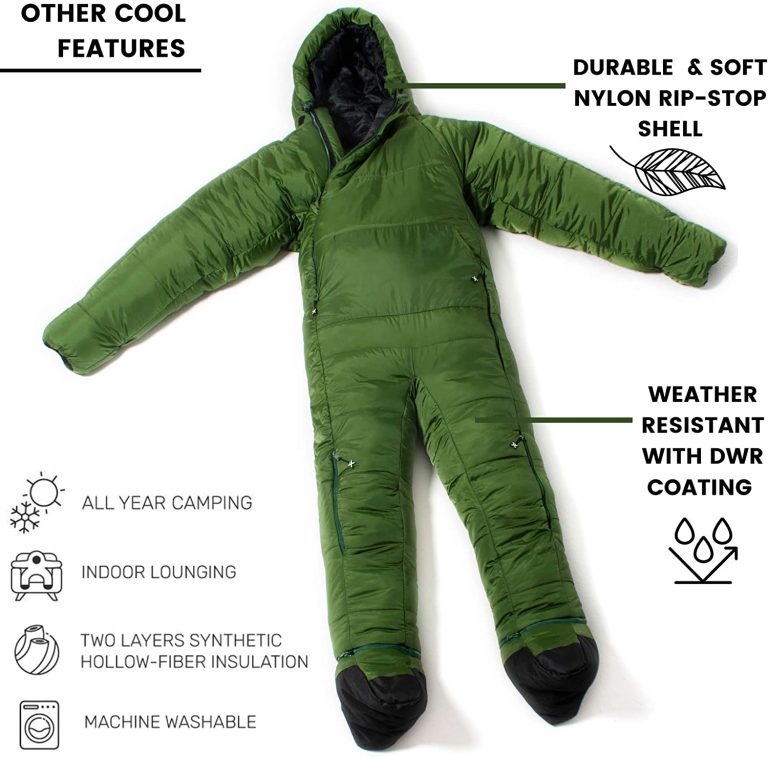hiking sleeping bag review
How to Choose the Right Sleeping Bag for Hiking: A Comprehensive Guide
Are you ready to hit the trails and explore the great outdoors? Before you set off on your next hiking adventure, make sure you have the right sleeping bag for the job. Choosing the right sleeping bag for your hiking trip can be a daunting task, but with this comprehensive guide, you’ll be able to make the right decision for your needs.
First, consider the temperature rating of the sleeping bag. This is the most important factor when selecting a sleeping bag for hiking. Make sure to choose a sleeping bag that is rated for the temperatures you’ll be encountering on your trip. If you’re hiking in the summer, you’ll want a lightweight sleeping bag that is rated for warmer temperatures. If you’re hiking in the winter, you’ll need a sleeping bag that is rated for colder temperatures.
Next, consider the shape and size of the sleeping bag. If you’re a larger person, you’ll want to choose a sleeping bag that is designed for larger people. If you’re a smaller person, you’ll want to choose a sleeping bag that is designed for smaller people. Additionally, you’ll want to consider the shape of the sleeping bag. Rectangular sleeping bags are great for those who want more room to move around, while mummy-style sleeping bags are great for those who want to stay warm and conserve space.
Finally, consider the weight of the sleeping bag. If you’re planning on carrying your sleeping bag with you on your hike, you’ll want to choose a lightweight sleeping bag that won’t weigh you down. If you’re planning on having your sleeping bag transported to your campsite, you can choose a heavier sleeping bag that will provide more warmth and comfort.
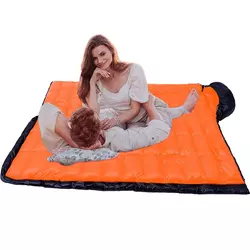
By following these tips, you’ll be able to choose the right sleeping bag for your next hiking trip. With the right sleeping bag, you’ll be able to stay warm and comfortable while you explore the great outdoors. So, get out there and enjoy your next adventure!
The Pros and Cons of Different Types of Sleeping Bags for Hiking: A Comparison Review
When it comes to hiking, having the right sleeping bag can make all the difference. Different types of sleeping bags offer different levels of comfort, warmth, and portability, so it’s important to choose the right one for your needs. Here, we’ll compare the pros and cons of the three main types of sleeping bags for hiking: down, synthetic, and hybrid.
Down Sleeping Bags
Down sleeping bags are filled with down feathers, which are lightweight and highly compressible. This makes them ideal for hikers who need to save space in their packs. Down sleeping bags are also incredibly warm, as the feathers trap heat and provide excellent insulation. On the downside, down sleeping bags are more expensive than synthetic ones, and they’re not as durable. They also lose their insulating properties when wet, so they’re not ideal for wet climates.
| sleeping bag size | Fabric nylon | filling | filling gsm | temp |
| 215x85x50 cm | 40D nylon | 90/10 down | 100 gsm | 11C |
| 215x85x50 cm | 40D nylon | 90/10 down | 200 gsm | 5~10 C |
| 215x85x50 cm | 40D nylon | 90/10 down | 250 gsm | 0~5 C |
| 215x85x50 cm | 40D nylon | 90/10 down | 300 gsm | -2 C~3C |
Synthetic Sleeping Bags
Synthetic sleeping bags are filled with synthetic fibers, such as polyester or nylon. These fibers are less expensive than down feathers, and they’re also more durable and easier to care for. Synthetic sleeping bags are also better at retaining warmth when wet, making them a better choice for wet climates. However, they’re not as lightweight or compressible as down sleeping bags, so they’re not ideal for hikers who need to save space in their packs.
Hybrid Sleeping Bags
Hybrid sleeping bags are a combination of down and synthetic fibers. They offer the best of both worlds, as they’re lightweight and compressible like down sleeping bags, but they’re also more durable and retain warmth when wet like synthetic sleeping bags. However, they’re also more expensive than either down or synthetic sleeping bags.
In conclusion, the type of sleeping bag you choose for your hiking trip will depend on your needs and budget. Down sleeping bags are lightweight and compressible, but they’re not as durable or warm when wet. Synthetic sleeping bags are more durable and retain warmth when wet, but they’re not as lightweight or compressible. Hybrid sleeping bags offer the best of both worlds, but they’re also more expensive. No matter which type of sleeping bag you choose, make sure it meets your needs and budget.


